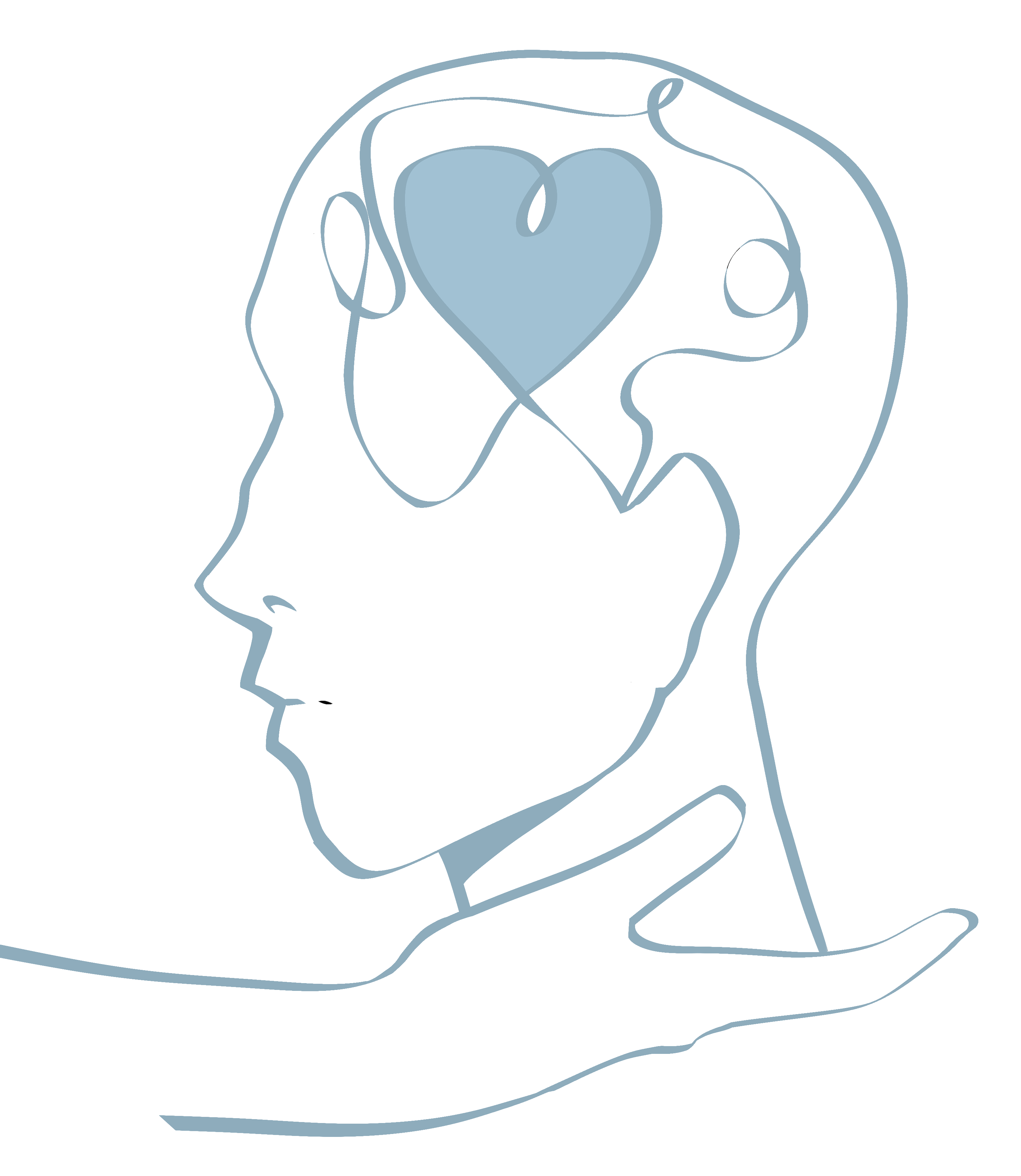Attachment Styles Determine our Relationships
Attachment styles determine our relationships.In early childhood attachments form and subsequently set the stage for who we choose in romantic relationships. However, not only our romantic relationships are determined by our attachment style, all of our relationships are. Therefore it is important to learn about our attachment styles so we can have more secure and happy life.
Attachment styles are passed down through generations
Attachment styles are passed down through generations of families. We spend most of our childhood with parents, grandparents or whomever raises us; therefore, their attachment styles pass down to us.
A secure attachment style forms through the healthy bond between children and their caregivers. The caregivers meet their children’s needs and therefore the child forms healthy expectations about their world and the people in it.
This outlook has a significant impact on many other areas of the child’s life; from how willing they are to explore their environment, to how they socialize with other children and adults, and even to how they behave in adult relationships.
The attachment style a of child develops by the age of two, so it is important to understand that once the attachment style is set, behavior patterns are established. These behavior patterns can be changed but unfortunately, only three out of four people will ever seek help to make changes. We can take action to heal an insecure attachment and as a result ensure that we don’t pass on the same traits to future generations.
However, attachment styles and behavior patterns can be changed with realization and healing. When we understand how our attachment styes determine our relationships, we can make positive change and as a result future generations do not have to carry on destructive behavior patterns. The trauma from previous generations can be stopped!
There are four adult attachment styles that determine our relationships:
Anxious, also referred to as Preoccupied.
Avoidant, also referred to as Dismissive.
Disorganized, also referred to as Fearful-Avoidant
Secure, otherwise known as healthy
Your attachment style does not have to be resolute. You can learn to attach more securely by overcoming deep-rooted attachment issues,and consequently reducing the impact of insecurities, and childhood trauma
In the next post, we will learn about the different types of attachment and how each attachment style determines our relationships.
